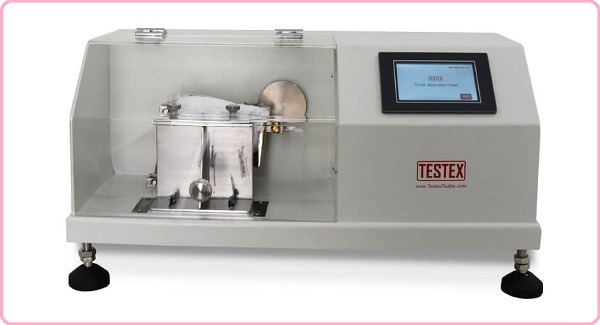What are the most important features of a good textile test machine?
Good textile test machine

- What is textile testing and test standards?
- What is fabric testing machine?
- What are the standards for tensile testing?
- What equipment is used to test textiles?
What are the best textile test machines?
In textile manufacturing, Asia Pacific holds the largest market share. Hence, there is a high demand for textile testing equipment such as bursting strength testers and penetration testers in major manufacturing countries such as Indonesia, Pakistan, India, Vietnam, and China.
In fact, China is the world’s largest exporter and consumer of textiles. Coupled with China’s extensive manufacturing capabilities, it is not difficult to find that textile testing equipment is in high demand. The Martindale Abrasion Tester and the Elmendorf Tear Tester are two such pieces of equipment that are critical to the quality and production of textiles in China.
Fastest growing tests
Weathering testing of fabrics is one of the fastest growing tests in the industry. It works by accelerated aging, which is artificially created in the machine. A few minutes in the machine can represent a range of actual outdoor atmospheric changes to which the fabric will be exposed.
A combination of artificial light (UV), heat, special filters, very closely monitored radiation, controlled atmosphere (temperature and humidity) and cycling light, dark and rain conditions can be created inside the machine. Results can be compared to changes in the original sample and scored accordingly.
Important features textile test machine
Textile testing is important in apparel manufacturing to ensure material quality, durability, innovation and new product discovery. This guarantees continued satisfaction in the consumer market, while adhering to prescribed standards and international best practices.
This is one of the most common tests required for this substance. It replicates pilling or snagging on fabric due to normal wear and tear. The interior of the machine is made of abrasive cork, and the sample is rubbed against the surface to form pellets. After testing, the fabric is evaluated and classified from no pilling or very weak pilling to severe pilling using the specified pilling pattern or its image. The number and timing of cycles will vary for different fabric types and job requirements. Mainly used for knitted fabrics.
What are the different types of textile test machines?
The application of equipment for textile testing can be as varied as the testing methods themselves. There is dedicated equipment for almost every type of textile testing. Common conditions under which fabrics can be tested are 22°C / 65% relative humidity to meet ASTM and ISO testing specifications.
Quality professionals use the standard to condition textile samples, test for color consistency, and measure loss in tensile strength. Accurate humidity control devices such as rapid textile testing chambers or hanging sample chambers can be used to meet this requirement. Read our blog to learn more about textile conditioning.
Follow various types of testing standards to measure the physical, chemical and mechanical properties of textile materials such as fibers, yarns, fabrics and fabrics.
The fibers tested can be natural or synthetic. In addition, fabrics can be made by various fabric manufacturing techniques such as knitting, weaving, non-woven, etc. Textile testing and testing standards are used to ensure the correct material properties required for end use. Commonly used test standards are:
ASTM Test Standards for Textiles
AATCC – American Association of Textile Chemists and Colorists
ASTM – American Society for Testing and Materials
ANSI – American National Standards Institute
ISO – International Organization for Standardization
BSI – British Standards Institute
BIS – Bureau of Indian Standards
BS EN – British Standard European Norm
IS – Indian Standards


